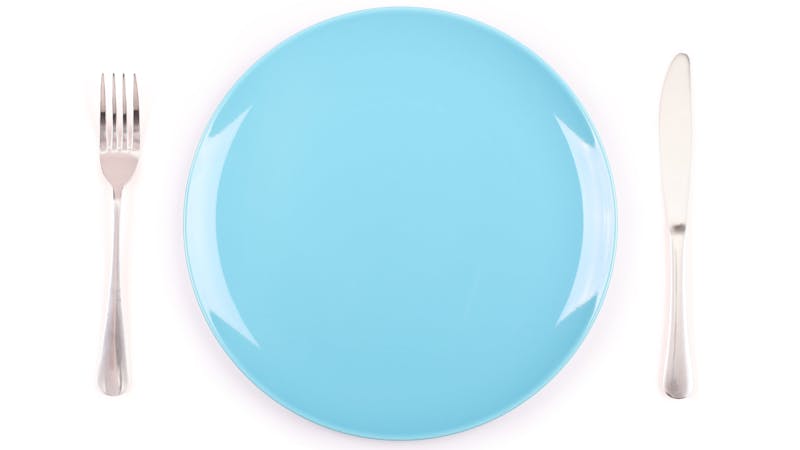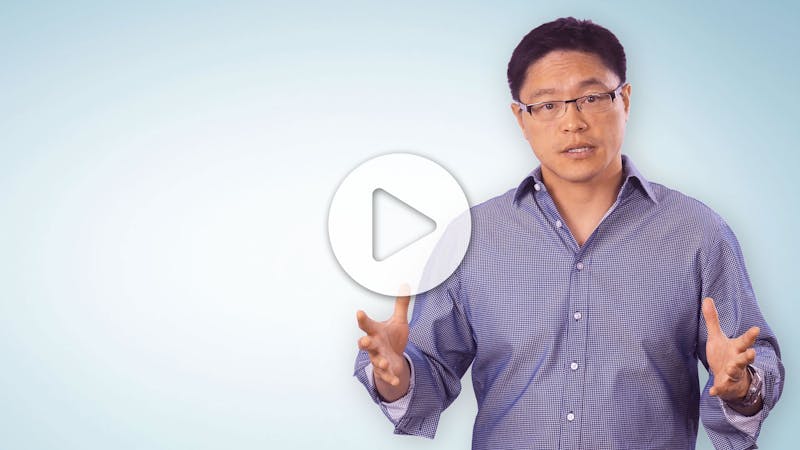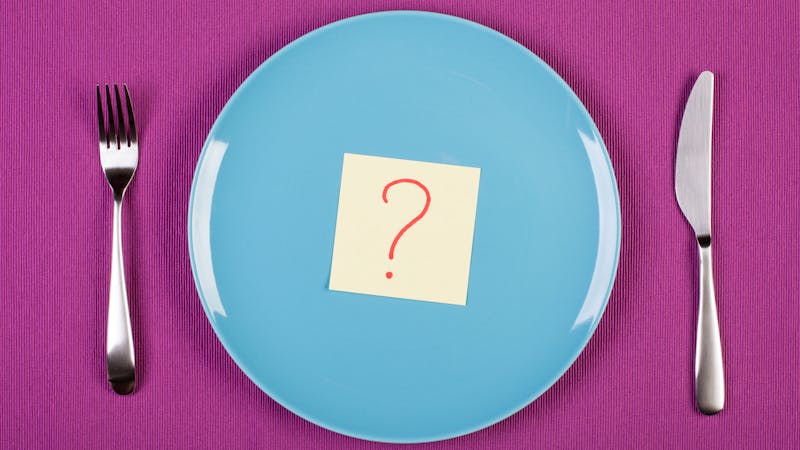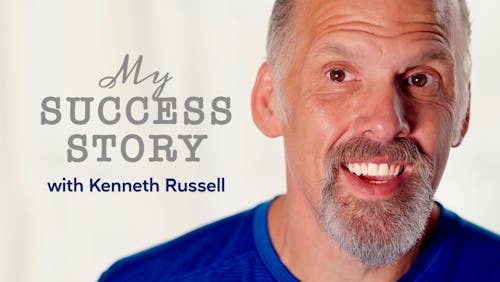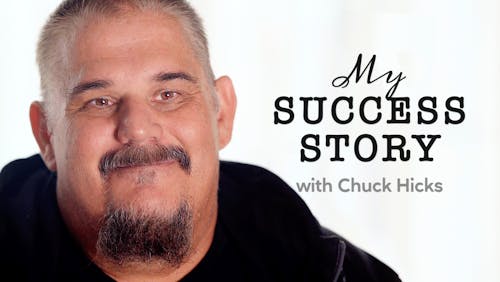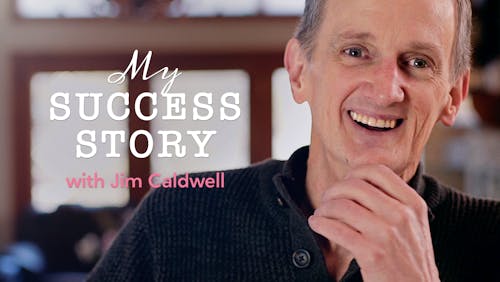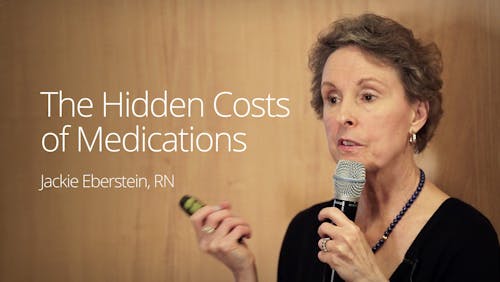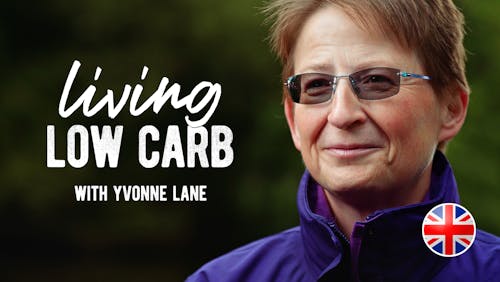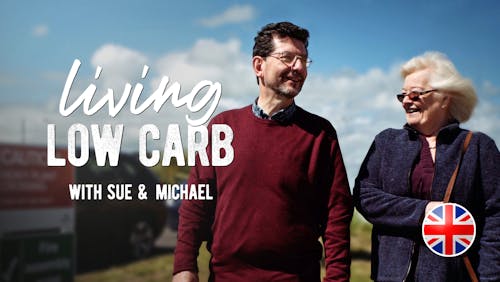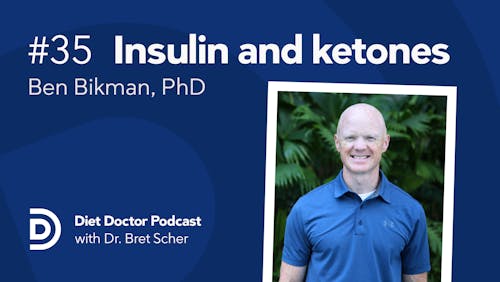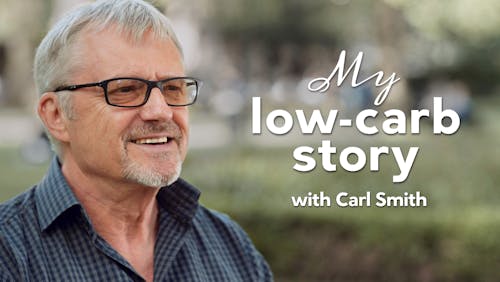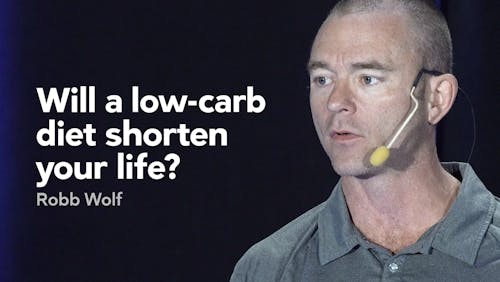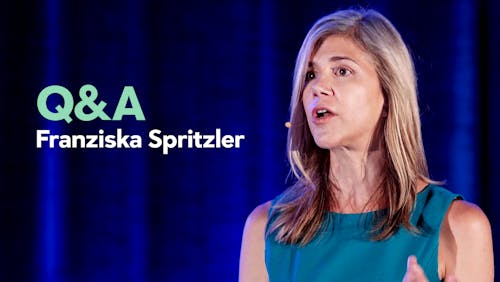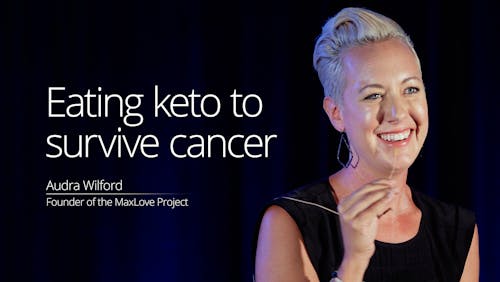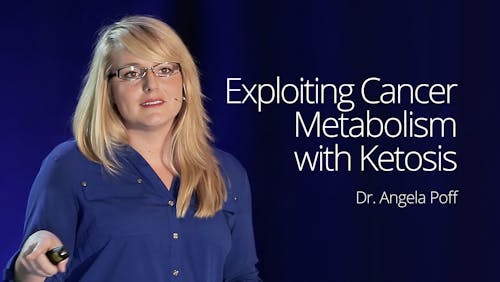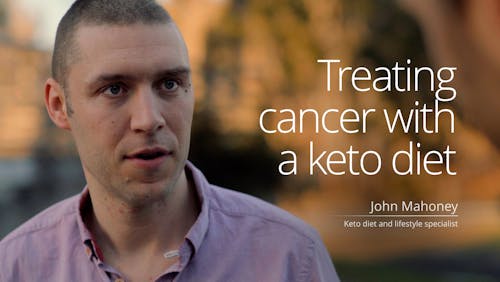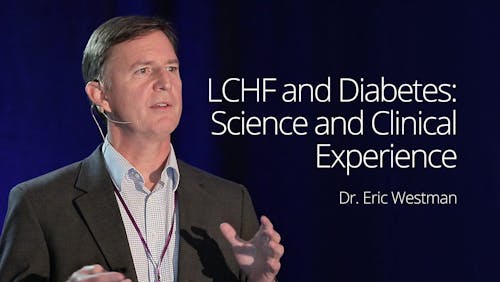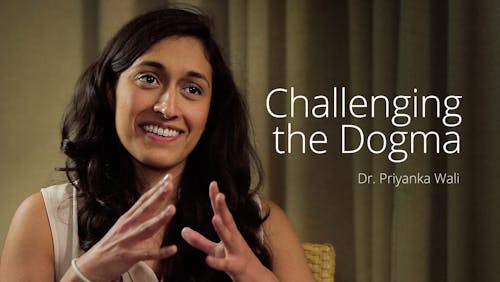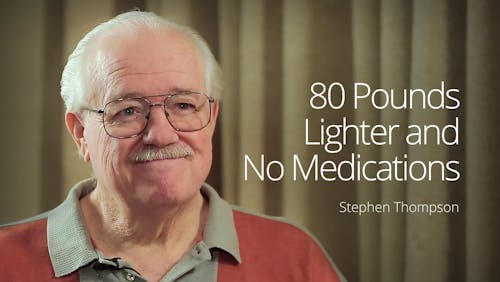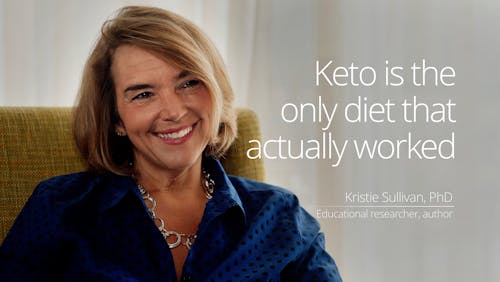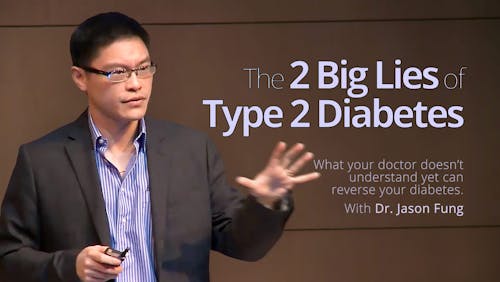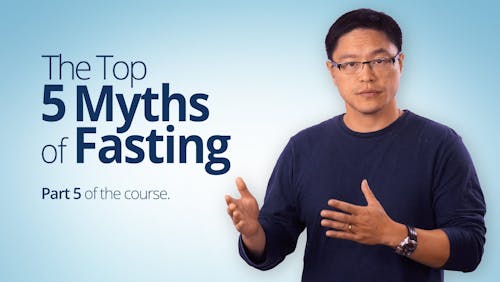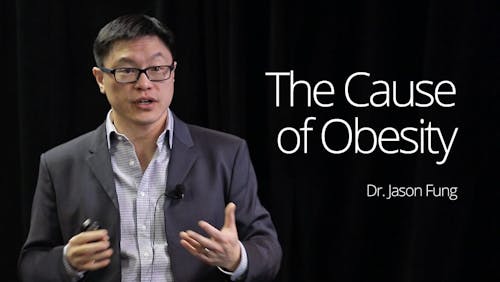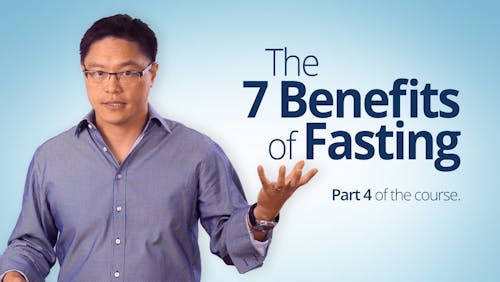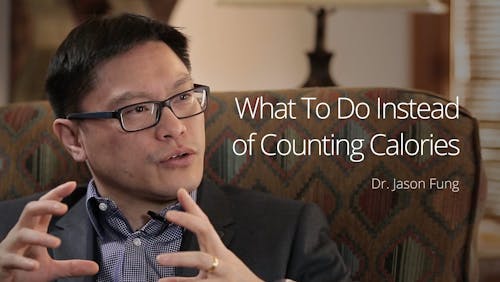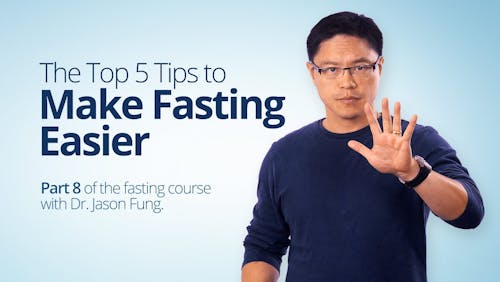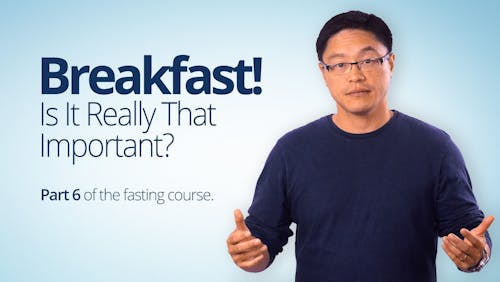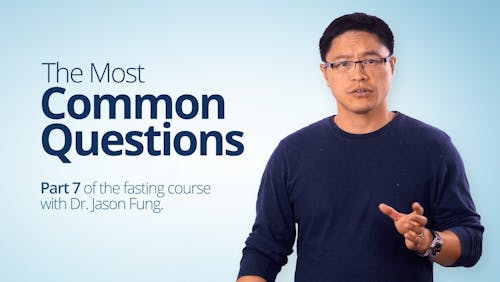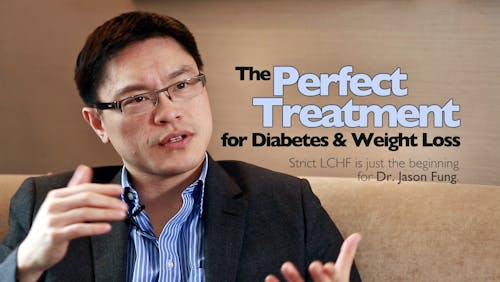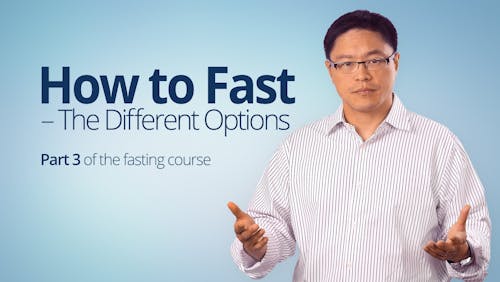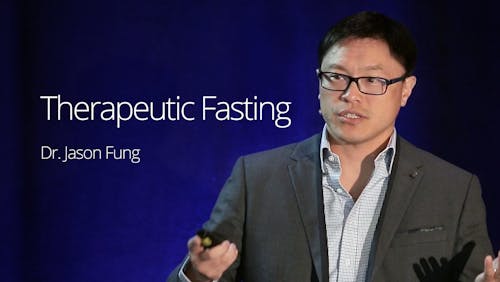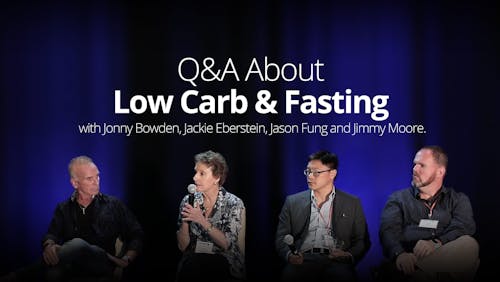Should you fat fast? Here’s what you need to know

Disclaimer: This article is a contribution from Megan Ramos of IDM. Although a conventional “fat fast” is a short-term (3-5 days), very-high-fat ketogenic diet restricted to about 1,000 calories per day, Megan uses the term to describe a high-fat ketogenic diet as a transition to a fast.
Fat fasting is a great tool to help you get started with regular fasting and to regain control of your appetite after eating a lot of carbohydrates. We started using fat fasting in the IDM Program several years ago when I saw a patient who was struggling to get started with fasting. He was a middle-aged male patient who worked night shifts at a factory that was full of donuts and potato chips. We asked him to fast for seven days because he was starting to develop complications related to his type 2 diabetes. He was also on over 200 units of insulin per day and his blood sugars were out of control.
After a few failed attempts at starting a seven-day fast, the patient came into my office and broke down in tears. He was losing his eyesight very rapidly and said he was so hungry all the time that he couldn’t fast for more than two hours while he was awake. He felt like our program was his last hope and he was failing. I had never worked with a patient who struggled so much with both the fasting and the low-carb, healthy-fat diet.
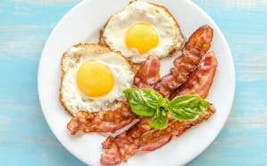



What happened when I saw him two weeks later? He was on day four of a fast and was feeling great and had reduced his insulin by over 50%. He looked like a new man and was full of hope for the first time in a long time. He said that he ate quite a lot and at all hours of the day when he first started the challenge, but by day three he barely felt hungry at all. He naturally started eating less and less until the point where he didn’t want to eat at all anymore, and then he started fasting.
That was the appointment where I started using my version of the fat fast!
When to use a fat fast?




- Coming off a period of eating a diet high in carbohydrates
- Extreme hunger or carbohydrate cravings
- Periods of stress when fasting seems impossible
How to Fat Fast
- Eat when hungry, until full, as often as necessary
- No dairy (aside from a small amount of heavy cream) or nuts during a fat fast
- You may use up to 3 tbsp of heavy cream for your tea or coffee
Foods
-
- Eggs
- Bacon
- Salmon
- Sardines
- Olive oil, coconut oil, MCT oil, avocado oil, macadamia nut oil
- Butter
- Ghee
- Mayo (healthy oil base)
- Avocado
- Olives
- Spices are allowed
You can also consume these fluids at any point during a fat fast
-
-
- Bone broth
- Tea/coffee
-
Why it works?




Have you ever fallen in love with a song but heard it so many times that you no longer wanted to listen to it? This is what frequently happens when you eat the same foods over and over in repetition. Even in my past life as a carbohydrate junkie I ate so much pizza over a two-week period that I didn’t want to eat it for months afterwards. This is another reason why we want you to stick to a limited number of foods.
You may find that you’re eating nonstop during the first few days, which is okay. Listen to your body and use the fat to fight your desire to eat and your carbohydrate cravings. Over time you will find that it takes less to satiate you, and you will start fasting naturally.
Also published on idmprogram.com.
Intermittent fasting
Weight loss
Keto
Intermittent fasting
Note
The post above has also been published on idmprogram.com.
